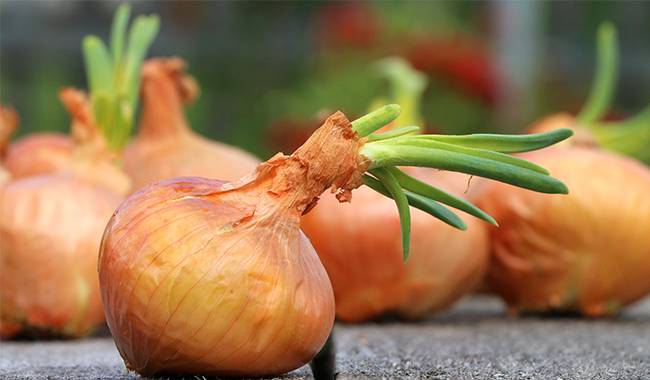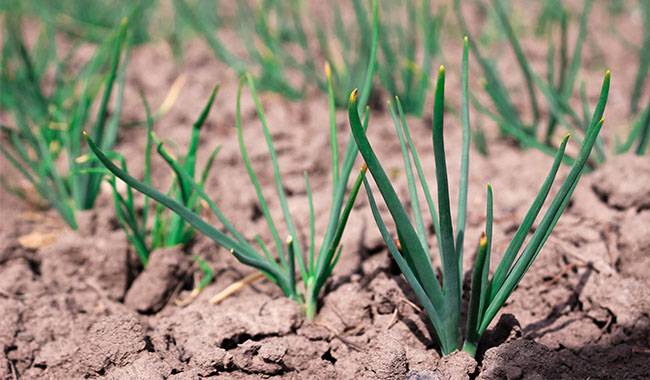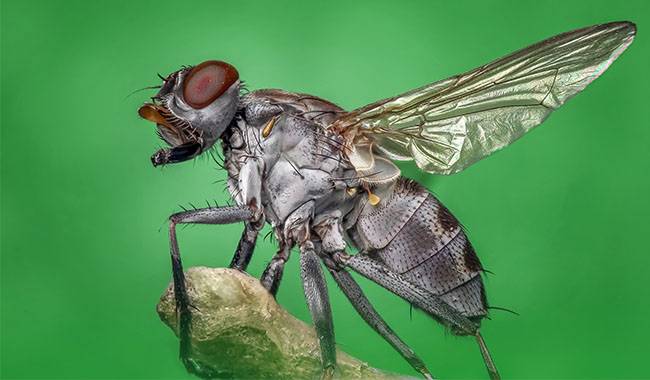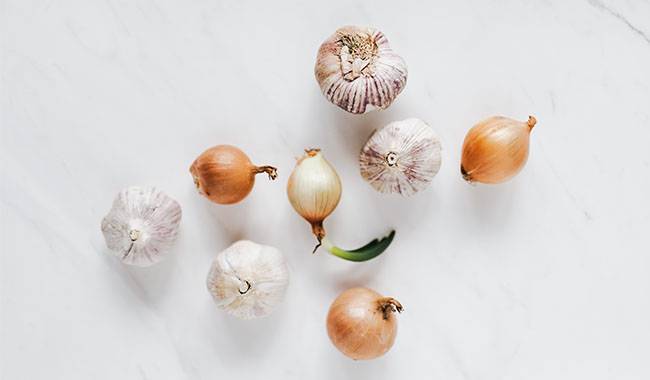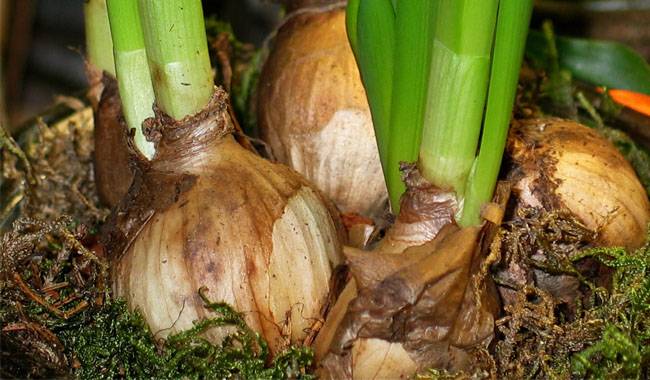
Onions. Some adore it, others hate it, and still others year after year, but still allocate at least a few meters of onion beds in their plots. Everyone who allocates beds for onions knows very well that this culture cannot grow if it is not taken care of it. If the beds become hot and stuffy, the shoots of the onions suddenly spit out.
If the rain floods the soil, or if it is overwatered, it will start to rot. What to do and how to act? Why not plant onions for the winter and try what you can get? Planting – like it, from then on, and carry out such a tradition.
To plant onions before winter. And today we will tell you how and what to do in this case.
ADVANTAGES OF GROWING ONIONS IN WINTER
Let’s start with the obvious advantages of growing onions in winter.
First: Without a doubt (and everyone agrees here) is the early harvest. Before you know it, it will be harvest time. Winter onions can be harvested only at the peak of summer – in your yard in July – and the bulbs have time to form a large one, and, no matter what variety. Although my advice to you is: choose the variety that is well received in your area and then there will be no exact miss.
Second: After removing the onions and freeing up the bed, see how much space is available and how much summer heat is still in front of you (why waste heat and space). Of course, not every crop in your planted garden has onions, but the same with rape, or some fast-ripening vegetables will be a secondary settlement is very happy that by fall must have time to give their crops.
Third: especially good for lazy people – it turns out that winter onions require less weeding. Why? The sprouts of winter onions appear very early, during which 90% of the weeds are still sleeping peacefully, and once they wake up, the onions have become so tall and obvious that it is easy to distinguish them from the weeds.
And that’s not all: among other things, you must also remember the onion fly. Although it becomes active in the spring, it attacks winter-grown onion plants to a lesser extent because they are already much stronger than spring-grown plants. Also, if you plant a winter onion bed with a carrot bed, the smell of the carrots will definitely deter the onion fly from coming to the onion bed.
Winter onions store well, and it’s important to dry them out more and braid them to hang on the walls of your apartment (which looks, I think, great).
So what are the other advantages of growing onions in the winter?
If Sevak is small when he’s planting, then he won’t shoot, can you imagine? Well, okay, a few arrows for the season he still gives, no more, broken – case closed. Not like the old days when every bulb wanted a picturesque arrow to justify its presence in the bed.
Important tip: Try to avoid sowing large seedlings in winter: in this case, the shoots will be the strongest. What about sowing onions for quilts? You can plant large areas of sown quilts, as many as you can eat, because of small fractions of onions. However, seedlings from large fractions of feathers are strong, beautiful and tasty, but also have a lot of arrows.
DISADVANTAGES OF GROWING ONIONS IN WINTER
There are not many of them. First of all, the norm of planting: alas, it is necessary to increase, because some plants may die in the winter. In fact, even large companies, engaged in growing onions for the winter, only increase the number of planted bulbs by 12-16%, which is very little, and these costs are more than compensated by the early yield.
But here from the case of force majeure, alas, no one insured, and here they are, can safely estimate the second disadvantage of planting onions in the fall. Alas – the weather, if the snow does not go away, that is, at all, the sky so turquoise and clear, and the frost is getting lower and lower, now reaching 3.2 °F (-16 ° C), then the planting will begin to die on a large scale. How can I preserve it?
You can cover the plantation with non-woven mulching material, and you can smoke and fire the outside of the plot in prior agreement with your neighbors. But it is much safer to cover the entire plot with a thick layer of fleece-2-4inch (5-10 cm) as soon as possible, depending on the expected temperature and whether it will snow soon.
If the snow that falls on your site is often blown away by the wind, a good option is to lay down a layer of spruce leaves, which is not a good insulator by itself and can be used with dry leaves, but the snow is blocked very well.
Often, if there is frost and no snow, onions can be covered with whatever is on hand – straw, dry plant straw, or even dry bean hulls down to the seed hulls.
There is no need to cover in a hurry – the surface is usually covered as soon as the ground catches frost. If you try to cover sooner, onions will rot undercover, especially if it is warm and humid.
The best and most natural choice for mulching is, of course, a snowball. Great, but just 1 inch or so is enough to save all your onions, even in a 5°F (-15°C) frost.
CHOOSING A LOCATION FOR WINTER ONION PLANTING
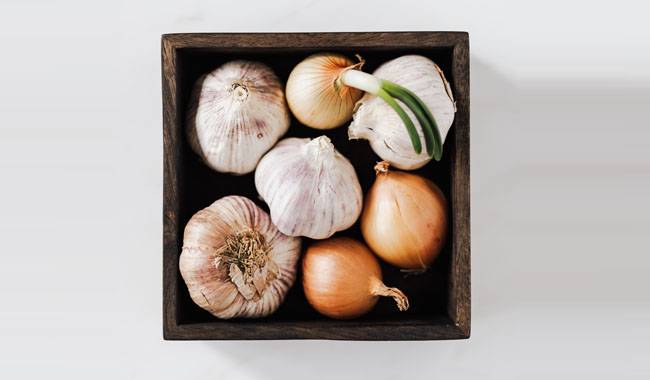
In a burst of indelible joy and happiness at the upcoming soil work, don’t forget that onions prefer loose soil with a neutral reaction, i.e., a pH of about 6.0. How to determine the pH of your soil: At any garden store there is a bottle with litmus paper and a scale that you buy and take home. Then you stir it in a cup of water for about 15 minutes, where you place a strip of litmus paper. You wait five seconds and check the color of the paper using the scale on the package. Depending on the result, you can add lime at the rate of 250 grams per square meter to deoxygenate the soil, or work on planting winter onions.
When the soil, in general, is sorted in the field, proceed to choose a place under the bed. At the urging of winter onions, give the most adequate light and ventilation in the place. But still, that snowball does not blow away in winter, and he delays in this place as long as possible. And in the spring it is better to let it evaporate quickly from this place, that is, not to flow down, but to evaporate. Moreover, in this place should not stagnate any irrigation or rain.
Therefore, remember: the soil is loose (not clay), the reaction of the soil is neutral, the place is open, well lit (no shade), and well ventilated to further avoid stagnation of water and various diseases.
Important: plant your onions in a place where spring snowfalls as quickly and smoothly as possible, and where there is no stagnant moisture (as mentioned before). Again: stagnant moisture is a nuisance for onions.
THE ONION’S PREDECESSOR
The bed seems to have been selected. But before you start preparing the soil, you should look in your notebook and see what crops have been grown in the bed before. For example, if you plant potatoes, and beans, parsley, celery, and alfalfa in this area, it is better not to plant onions: the probability of onion infection with nematodes is very high. The best predecessors for winter onions are crops such as beets, rape, peas, corn, lettuce, mustard, and cucumbers.
GROWING ONIONS IN WINTER
Fertilization of winter onions
In the United States, for some reason, it is accepted that there is a fierce struggle with fertilizers as if they were the cause of all troubles and misfortunes. But in this case, I do not recommend doing any nitrogen fertilizer at all under winter onions, as some people suggest, who say that from this point on he had a bad winter.
Personally, I would not do it underwood ash in winter: 300 grams per square meter of seedbed is enough, and in the spring you can do a liter per square meter with 15 times cowpea diluted.
I exactly recommend so about seven days before planting winter onions so that there are 15-20 grams of calcium superphosphate per square meter in the soil, right on the day of planting still mixed with soil and potassium sulfate (5-8 grams per square meter).
Planting time
There is no rush here, so we will not sow winter onions in a hurry. It is ideal to plant them in plots a month before the real frost starts (and how to start growing, how to gain strength, and then what to do with it? But, in fact, in the case of onions, it is better to observe, guided only by thermometers and weather forecasters.
For example, let’s take the middle part of the country. Experts say that the best time to plant onions for the winter is from October 5 to 20. Imagine the dispersion of terms in 15 days! More than two weeks. Why? Because the weather is very changeable and capricious, and during this period it can change dramatically. We must somehow calculate how to plant onions so that all planting is done within three weeks before the soil freezes completely.
Obviously, this period is different in every region, so you have to rely on the weather forecast, for example, if the temperature drops to 41°F (5°C) for two or three days and stops growing, then it is likely to start planting onions.
I have seen different situations in my life: sometimes on the day of intercession, in the middle of October, there is so much snow that it no longer melts, and sometimes even a month after intercession, there is no snow at all.
To sum up: we do not rush, we look at the weather forecast and choose the best time to give the onion time to not only form its roots, but the tiny leaf tips to emerge from under the soil because then we cannot expect a good crop.
If it does not form any roots in the soil and will sit until spring, exactly as planned, then there is no benefit either. Ideally, the roots should start growing and the onion should come to life and freeze (and not freeze) immediately until spring.
Prepare planting materials
So, we’ve sorted out the soil and the planting date is on the way, it’s time to start preparing the planting materials for the onions. This is a mandatory and necessary activity and you cannot ignore it. Why should I pick onions before planting?
In order to remove all damaged and diseased bulbs from the total batch, onions are then usually divided into four batches, which depend entirely on their size. Usually, the first category includes bulbs with a diameter of 0.6inch (1.5 cm), the second category includes bulbs with a diameter of 0.6-1.2inch (1.5-3 cm), and bulbs with a diameter of more than 1.2inch (3 cm) are always selected separately and set aside. Onions that do not belong to any category, i.e. very small – less than 0.4inch (1 cm) are called oats and are placed in a separate box.
Sorting of onions
This sorting of onions is important in order to obtain an even planting. Sorting bulbs is not counting how many large bulbs you have, how many medium ones, how many small ones, etc.
Important! The first category of sheep and planting material is to get first-class green plants, well, larger bulbs go precisely for the production of bulbs.
Planting onions
Before planting, I recommend that on the already selected plot, which we have described above, dig with a spade full of bayonets, adding 5-6 kg of humus or compost per square meter, as well as a handful of wood ash. Next, the plot should be completely leveled and a 2inch (5cm) deep trench should be made in which to plant the bulbs.
However, not all onions are planted according to the same principles. For example, oats, a typical winter onion, are best planted to a depth of 0.8inch (2cm) and at most 1.2inch (3cm); deeper areas should not be buried at all.
It is best to leave 2-3inch (6-8cm) between the bulbs, while the furrow itself should be arranged so that the distance between them is equal to 0.6inch (1.5cm). Then all that remains is to place the bulbs vertically, press them slightly with your fingers, cover them with soil and make them level.
By the way, we described the method of growing onions in trenches, but this does not mean that you can grow them only in this way and not in other ways. It is quite possible to grow onions in a well and (for example, the square nest method, which is loved by many), the principles of planting are the same.
In the future, it is best to lay the soil on the bed where you planted winter onions, water it well, and make sure that the soil is moist before the frost (before covering).
WHAT TO DO IN SPRING?
In the spring, as soon as the snow melts, the first thing to do is to remove any mulch from the onions. But you should do this carefully so as not to damage its tender leaves, which may have appeared by then. Then you need to loosen the soil, which you should do after every rain and watering. And what to do next with the onion, we will tell you in the next article.




